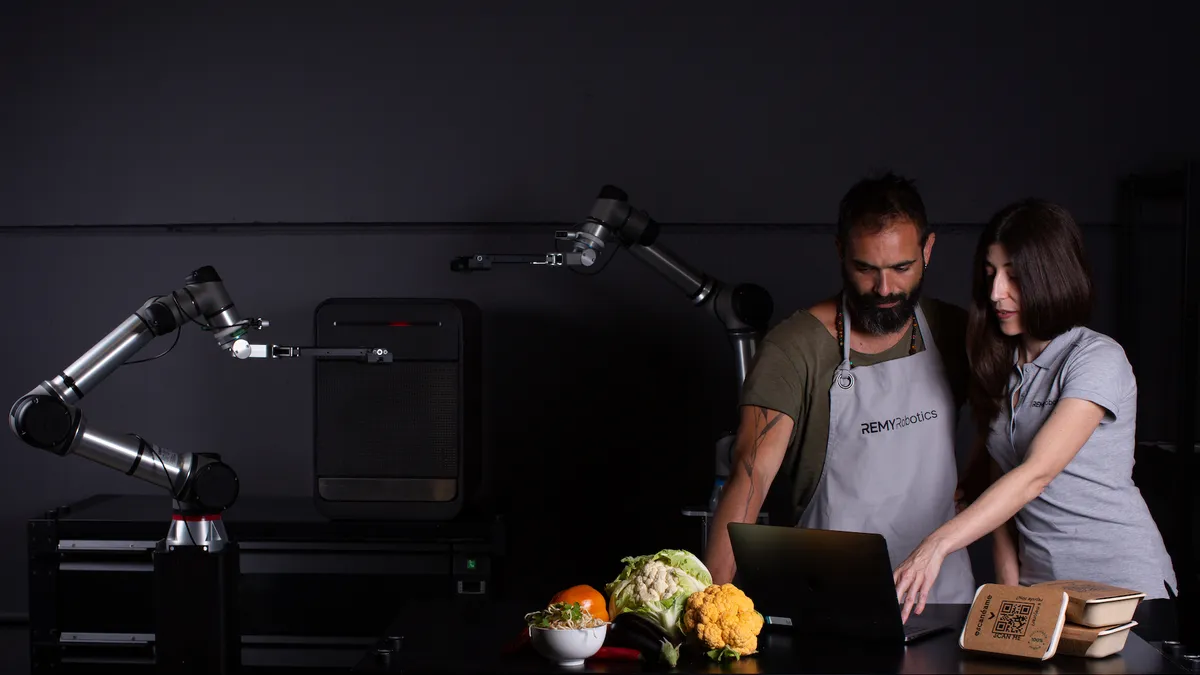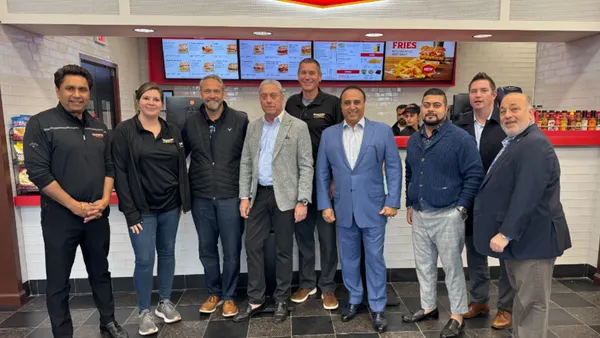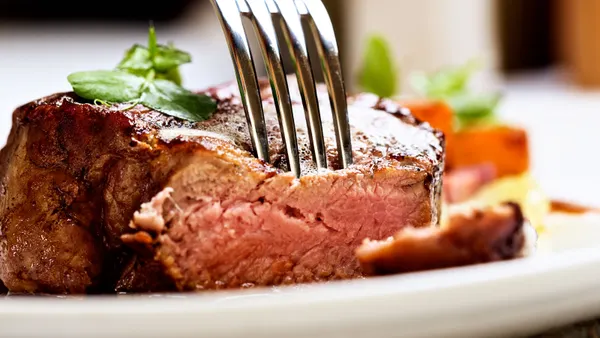As we prepare for end of year presentations and annual reports on how 2022 has gone, we look at 2023 with a little bit of hope and frankly some angst. Headlines in the past 12 months have been all about labor shortage and inflation plaguing the industry, thwarting growth and undoing the positive effects of the post-covid rebound. But we forget one fundamental aspect of challenging times: they provide the best breeding ground for creativity, innovation and positive change.
Technology has often been the answer to solving big problems. Food technology, in particular, has dramatically changed our societies and now has evolved to such an extent that we can grow meat in a lab, have robots pick apples or deliver a meal to your door. These developments are here to stay.
The question is: What food technology trends will actually impact a restaurant’s bottom line not in 20 years time, but tomorrow, in 2023? Here are our predictions.
Autonomy, not just automation
In the last couple of years we’ve seen some limited robotic applications automate tasks in restaurants: flipping burgers, frying potatoes, making pizzas or creating a whole separate experience with poke bowls out of a vending machine. These are amazing achievements for the robotics industry and for food service. 2023 will be the year where we’ll see this expand not just to single-task automation, but to having a whole meal cooked entirely by robots.
This is what we’ve been working on at Remy and what we already do in our autonomous kitchens across Europe. It requires a new way of thinking about robots: not mimicking what humans do with anthropomorphic robotic chefs, but using robots for what they do best— precision, speed, repetition— to deliver entire meals with food from different cuisines, dish types and recipes. The key is in partnering with robots, rather than putting them in a box.
Restaurants can build on a key element of today’s food service operations— the commissary kitchen— where humans handle and prep food, and let robots cook through algorithms in separate autonomous kitchens. This way, they can offer any type of food, not just pizza or salads and deliver it to the end customer in a timely manner and with consistent quality. This technology can be applied to delivery restaurants, as well as QSR, catering and virtually any food service operator. The initial success of these concepts in Europe suggests this model is well on its way to the US and greater global market.
Better food service jobs
The current labor shortage teaches us a lot about where the industry needs to go next: better working conditions, better hours, better staff retention. It seems counterintuitive, but the answer to treating your people better may be to use more robots. We’re at an historical moment in food service, where we have to accept that some jobs will no longer exist— at least not in the shape they have now. In the same way that we didn't want workers to be lifting heavy weights to produce cars and we’ve developed new technologies to make car manufacturing easier on the human body, we can do the same for food service jobs. Nobody wants to work unsociable hours, under stressful conditions during peak times and doing repetitive tasks. We can leave this to the robots. With a hub and spoke model based on a commissary kitchen that works 8 to 5 and robots that cook 24/7, we can create better jobs that people want to stay in. Our Remy chefs love the fact that they can do what they love- work with food- and have a family, a social life and career progression, too.
Greater profitability
Margins are tough in food service, that’s no news. With robotics in 2023 we can change that. With lower staff costs— less turnover and fewer people to hire in the labor shortage crisis— we can completely change the conversation on profitability.
Robots mean restaurants can minimize labor costs, eliminate waste and standardize quality. It has to be the right type of robotics, though. Hardware-based technologies like pizza-in-a-box solutions or salad-mixing machines are a thing of 2022. These limited solutions do not give operators the most important element when working with food: versatility. You need to be able to sell more than one type of dish, or you are locking yourself into a steep investment that is hard to pay off without the adaptability necessary to change with the market. Profitability (and scalability) comes with adaptive, flexible robotics- solutions that are software-based and can cook multiple dishes with no need to change hardware. In 2023 we will see more of these types of solutions, especially in the delivery space.
More delivery
Virtual restaurants and ghost kitchens will continue to feature heavily in the growth segment of food service. These are naturally techy environments and this is where we will see the most innovation, fueled by more people eating at home in 2023 with the psychology of inflation influencing our eating out habits. It’s likely in 2023 we’ll finally see at least one pilot for fully integrated driverless delivery with fully autonomous robotic kitchens. At Remy we can’t wait to build on this particular trend, as our robotic kitchens can cook food based on where the customer lives- calculating how long the delivery will take to have a dish cooked to perfection and delivered piping hot (rather than the usual “soggy and cold”).
We’re sure there are even more exciting things ahead for food service in 2023. Let us know what you think and connect with us. We’d love to hear from you.










